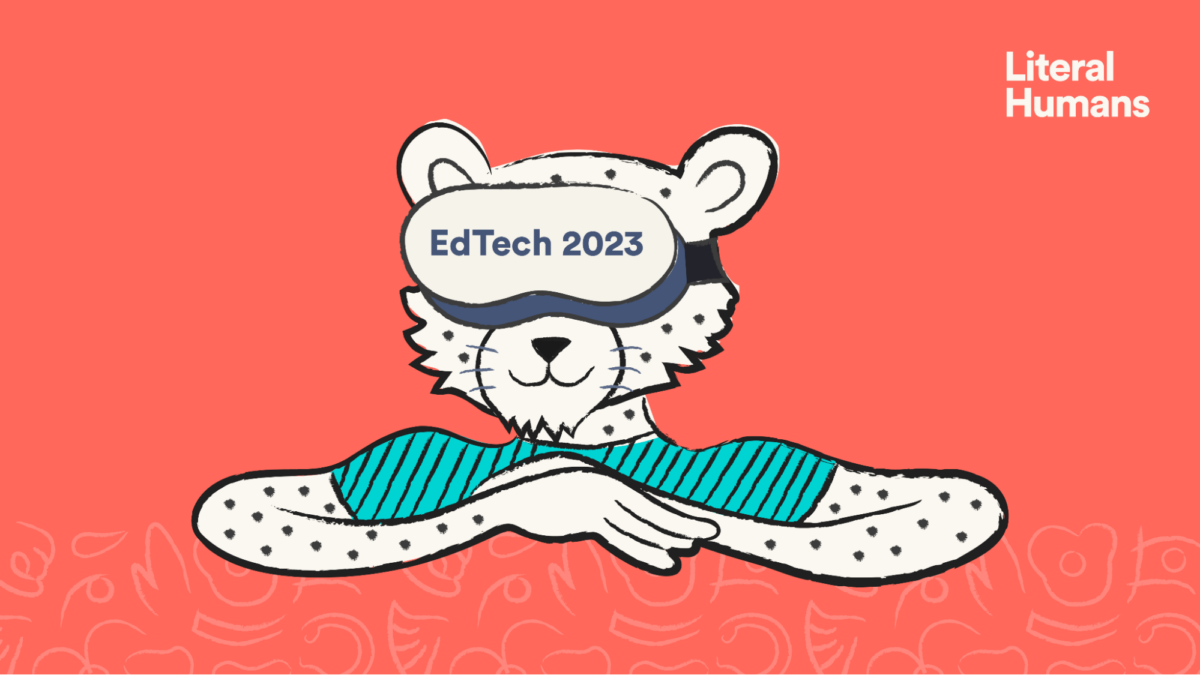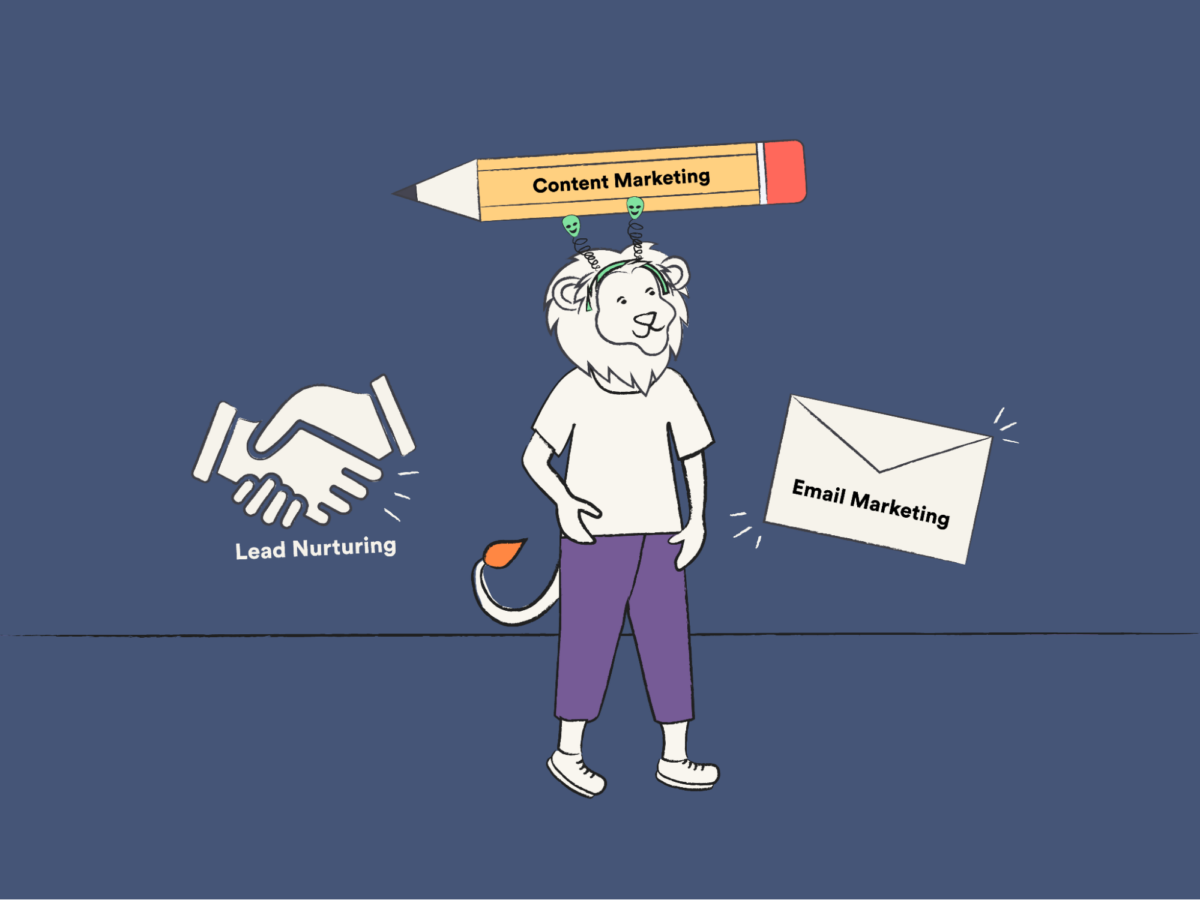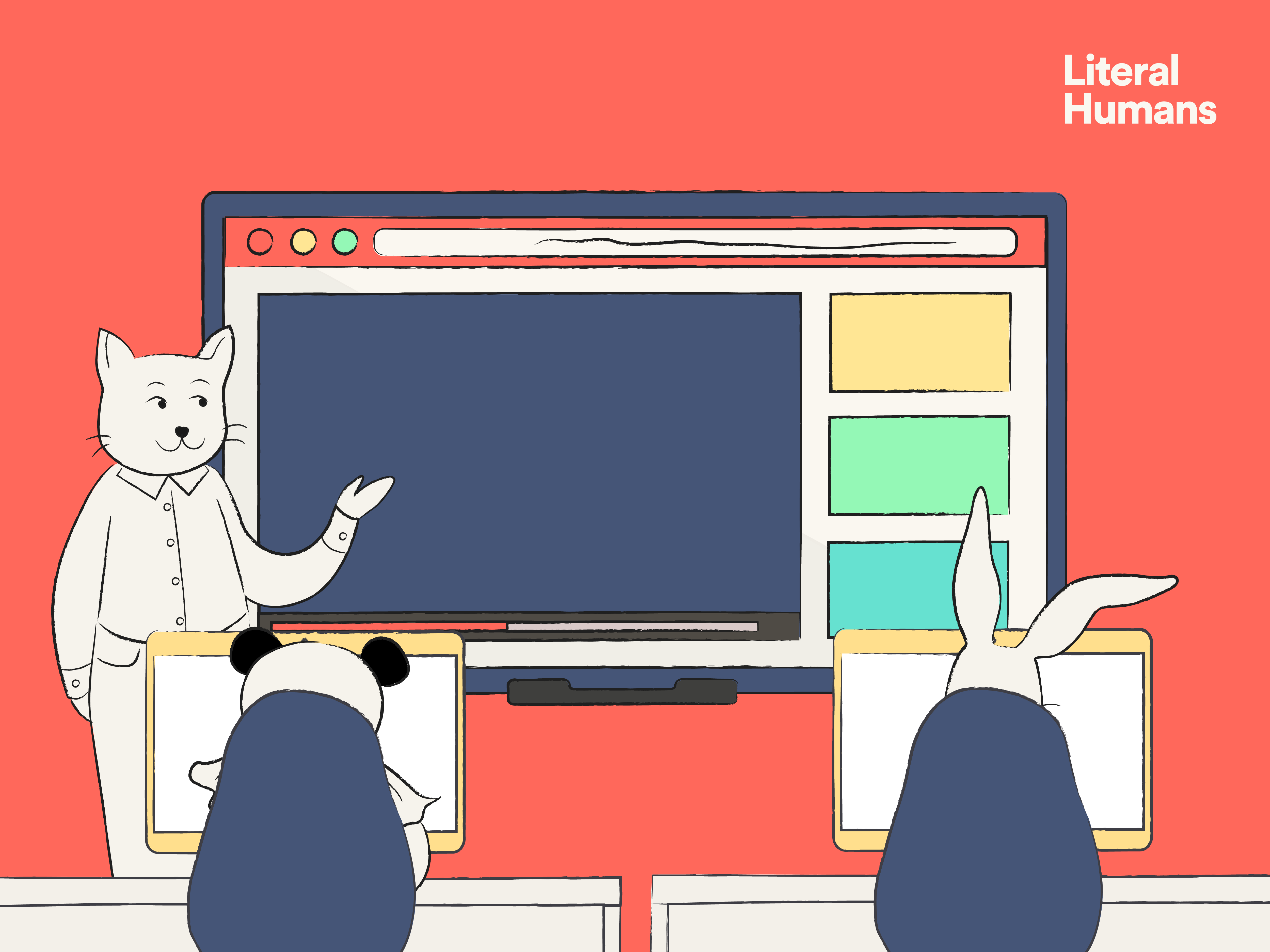The pandemic forced the education sector and technology to combine more than ever before. Times have been changing for a while now, but the crisis we all experienced in the past few years jumpstarted what was already evolving. Those in schools were forced onto Zoom for their lessons and in higher education, they began their online courses.
What we hoped would last for months at most instead lasted for years. Changes had to be made to the learning experience because we didn’t know how long we’d be stuck inside. Faces met through laptop screens and educators had to get creative. That’s where EdTech, or education technology, came in and joined the digital transformation.
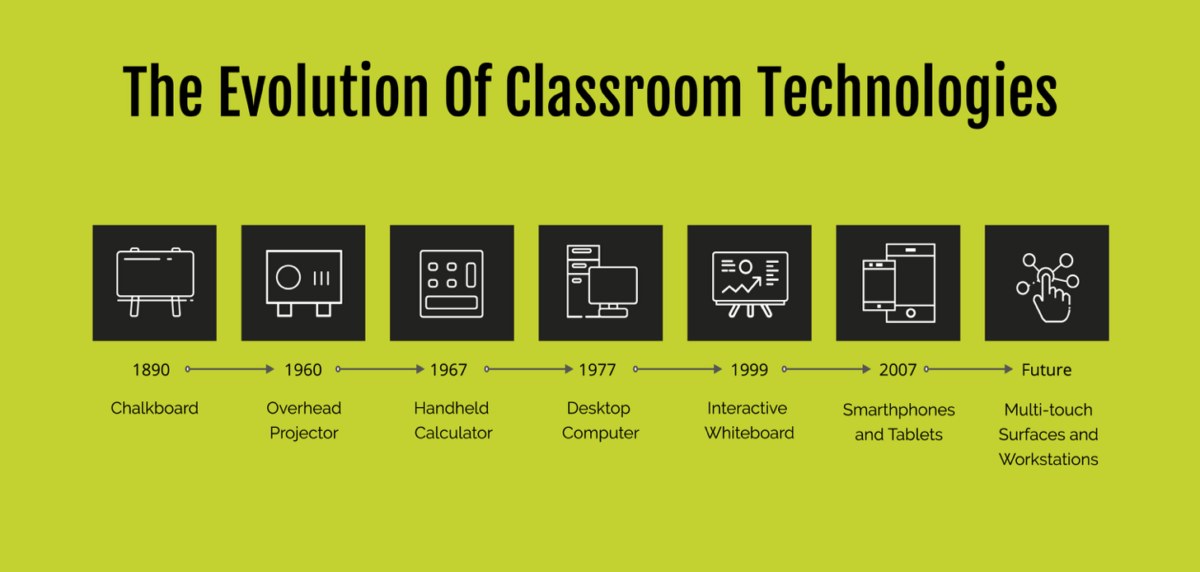
Let’s dive into the future of education and what we can expect to see taking over. Knowing what EdTech does is one thing, but you need to understand how it can be utilized to reach its full potential. We’ll help you stay ahead of the curve.
Why is EdTech important?
I’m sure we all remember sitting amongst unenthusiastic and unengaged peers who all spent the next hour watching the clock. Did anyone else count how many ten minutes they had left until the bell rang? Three ten minutes left until… Two ten minutes left until… You get the idea. The EdTech industry is attempting to combat this boredom.
It’s expected that the EdTech market will reach 230 billion by 2028. We can’t say we’re surprised. People are turning to online learning because we found out in the past few years that it’s more convenient and less expensive. It also offers more individualized learning. We aren’t a one-size-fits-all model, and educators are starting to get that.
The industry has lots of projected growth in the upcoming years. It makes sense. Both education and technology as separate industries are two of the largest around the world. Combine them, and you’re on the bandwagon of EdTech trends.
The primary goal of the education system is to help students learn as easily and efficiently as possible. We know there are a whole host of benefits that are not limited to stability, routine, knowledge, and gaining skills. But what does technology contribute, and why can’t things just go back to how they were now the real world has become slightly more normal?

Truth is, we don’t want it to. We’re in the future of education now, and you better get on board. We wouldn’t want you to get left behind. Let’s look at some of the benefits of EdTech, and why we should be embracing it.
- Reduce the burden. We all know it’s not easy being an educator. Having access to new technologies can ease the stress of developing material themselves.
- Improve student success. An exciting learning process is going to be more engaging. Those in the classroom will listen better, have more fun, and ultimately get more out of their education.
- Accessibility. Some people have needs that don’t get met by traditional learning. EdTech supports all types of learners and gives them equal opportunities.
- Information is everywhere. Gone are the days of spending hours looking something up in a book. The internet is an incredible resource and we should embrace the part it plays in education.
- Collaboration. Online learning offers new ways to communicate. This works both ways; for teacher and learner, and learner with peers.
EdTech trends
We should look ahead to what’s coming. How do we think EdTech is going to grow and change? What are our classrooms going to look like in only a few years? Are the days of blackboards and chalk truly gone forever? It’s exciting stuff.
As with any market, people are finding new ways to do something better than everyone else. If you’re in the industry, these are some of the things you need to watch out for. Don’t forget to take notes. No, there won’t be a test.
1. Artificial intelligence (AI) and machine learning (ML)
If you asked a child how education could be made fun, they’d probably say by adding robots. This isn’t exactly what they mean, but it’s close enough. With the growth of AI and ML, people can sometimes make the mistake of mixing the two up. Truth is, they are related technologies but not synonymous. So, let’s not get them confused.

AI is a broader concept that describes the creation of intelligent machines. The big idea is that they will simulate human intelligence by learning and making decisions. It’s not as robots-are-taking-over as it sounds. It’s actually cool. Have you used Siri before? Or Google? These are just two AI examples we use daily.
AI uses ML, which is essentially when machines remember past data and learn from it. Data is used to create an algorithm which allows for automation in the system. For example, Google’s search engine algorithm uses MI to make predictions about what the user is looking for.
How can they be used in education?
Incorporating these technologies into our institutions has huge benefits for both the teacher and the student. AI and ML haven’t gone as far as movies might have predicted yet. But they’re some of the most advancing technological trends out there.
They do have the potential to change just about everything we’ve come to know in our education system. We’ll prove it. We’ve rounded up some of the most influential roles they could play in shaping digital learning. Of course, we’re kind enough to share.
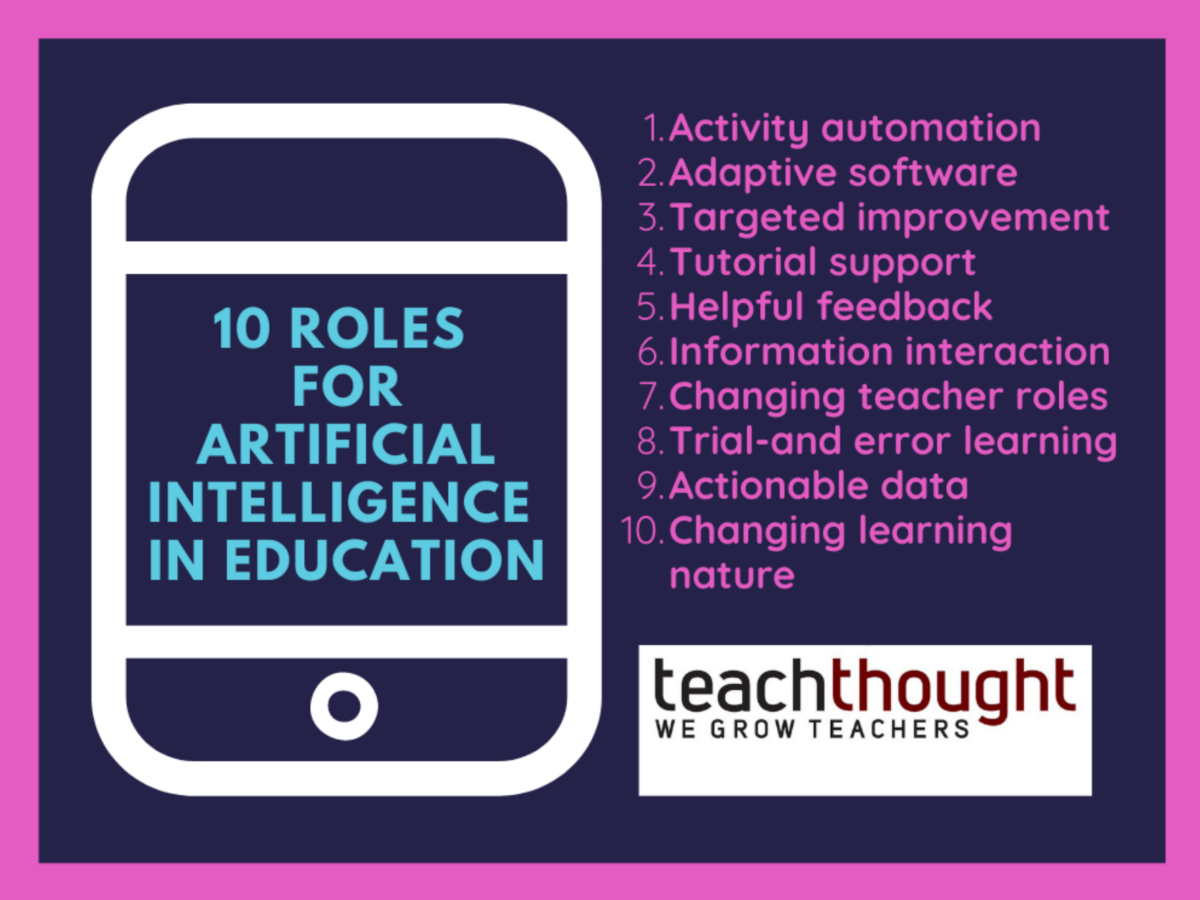
- Preparation for the future. It’s time we faced the facts; technology isn’t going anywhere. Instead of telling students that they won’t always have a calculator in their pockets, we should embrace how machines can make life easier.
- Identify vulnerabilities. Data can be collected to identify at-risk students and slow learners. This brings attention to students who need the most focus. Say goodbye to the days of self-fulfilling prophecies and favoritism.
- Adaptive learning. AI is smart, hence the name. Much like educators do, the machine can recognize things like facial expressions and attitudes. This means it can personalize courses and offer customized resources that aren’t just based on their performance. ML can then recognize these patterns in other students.
- Teaching assistants. An interactive AI, such as a chatbot, can be with students whenever they need help. Teachers can’t be everywhere at once, and this technology will help them to plan and prioritize.
2. Gamification
Games are appealing to everyone. Be it a computer game, card game, or board game, there is something we can all enjoy. So, why not bring something that into education? That’s exactly what gamification does. The idea is to apply game features and designs to the learning environment.
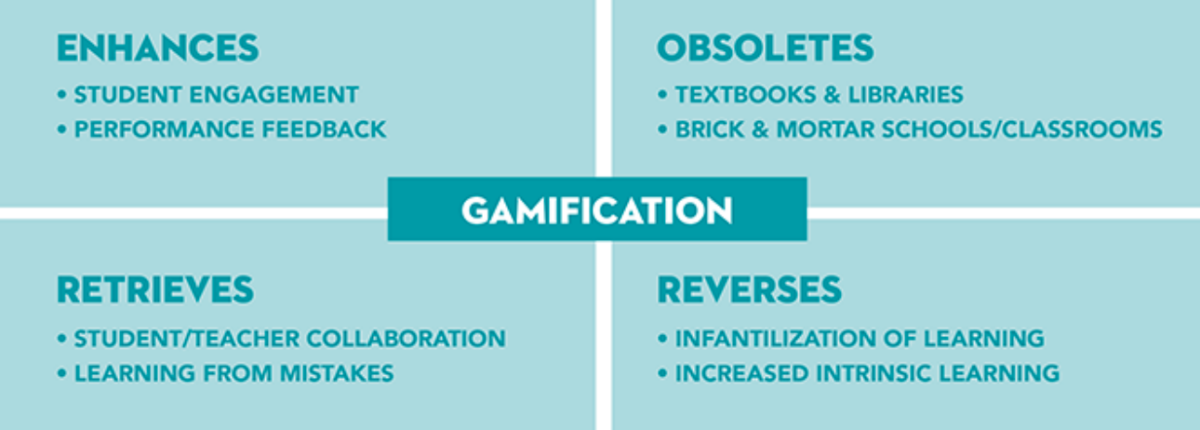
Gamification gives education value because there is a concept of progress that students understand. Sure, a child can see their handwriting improving. But at that age, do they really care? No. If I remember correctly, the reason anyone tried to improve theirs was the promise of upgrading from a pencil to a pen. Everyone wanted to be the first to use a pen for their work.
This trend has the potential to boost student engagement, create memorable lessons, encourage teamwork and collaboration, and teach the skill of problem-solving. Exercises like timed quizzes, story-telling, roleplay, and competitive tasks can all be valuable learning tools when implemented.
How can it be used for education?
- Challenges. When a student is required to complete a task, it can be stressful for them. Posing it like a challenge suggests there won’t be any consequences for failing it. This makes the overall education experience more enjoyable.
- Competition. Wasn’t learning more fun when you were competing against someone? Remember that rush of smugness when you got first place? An example of this would be Kahoot!, an online quiz tool designed for e-learning. Everyone gets involved and the games make it easier to retain information.
- Track progress. No one likes thinking they’re being evaluated. By introducing games, you can see how students are performing without the need for lots of testing. This will help you find any skills gaps that need filling.
- Rewards. For those who progress in the games or achieve a high score, award them with some sort of prize. A study showed that children focus 30% more on a task after receiving praise from a teacher.
3. Augmented reality (AR) and virtual reality (VR)
This is a trend that hasn’t realized its full potential yet, to say the least. While not widely used in education, these technologies unlock many opportunities that were impossible to reach once upon a time. Before we jump in, let’s get the differences straight, because AR and VR are not the same things.
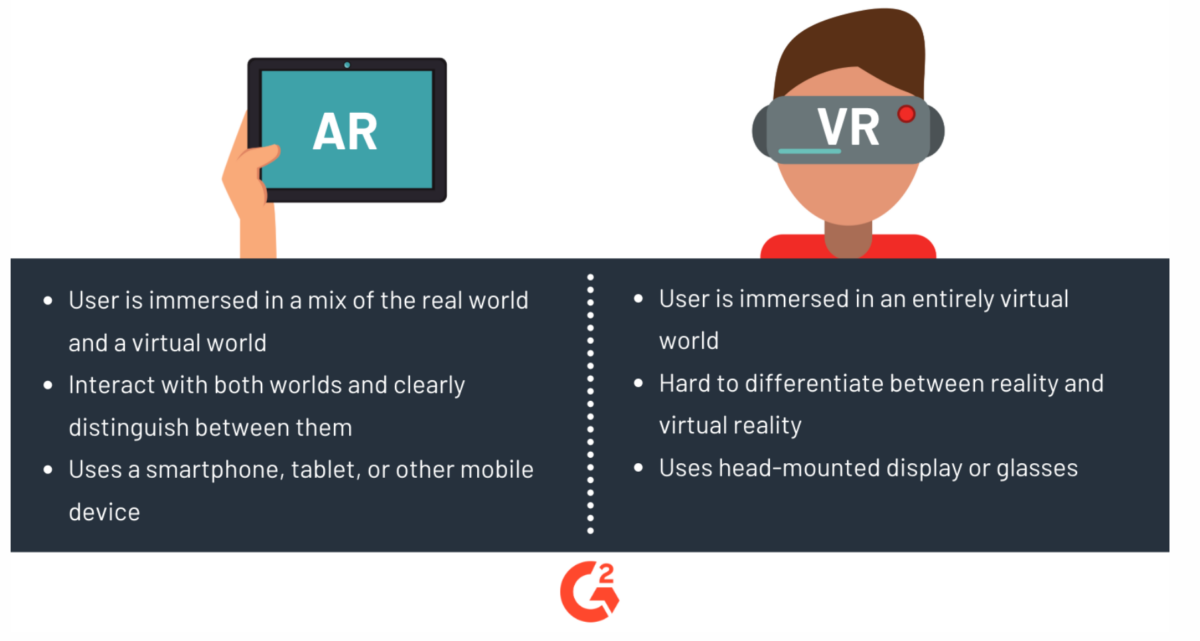
An AR device augments reality for the user. The real world is combined with the digital. It uses digital mapping and computer data to display content. Students can see historical artifacts without going to a museum, or see the human body’s anatomical structure for themselves. AR creates a rich learning environment in real-life where students don’t have to rely on their imaginations.
When it comes to VR, users can create a whole new reality. There are no elements of what’s already around you. You are even completely shut off from the real world through equipment like headsets. VR is 75% virtual and AR is only 25%. Learners have the ability to time travel, see planets and stars in space, and explore hard-to-reach worlds.
How can they be used for education?
- Go on world tours. We don’t just have to use maps anymore. By using AR and VR, students can travel to destinations without ever leaving the school grounds. Immersive learning reaps huge benefits.
- Save money. By being able to visit just about anywhere, schools can save money on school trips. We don’t suggest getting rid of them, because they were the best part of a course, but it means children who can’t afford to go don’t miss out.
- Accessible learning. Technologies like this account for disabilities and the different needs learners might have. Some children aren’t able to travel far. Students with ADHD may not be able to sit and stare at a whiteboard for long.
- Career guidance. Exploring different jobs is way better than walking around a job fair. Students can put themselves in the shoes of others to make more informed decisions.
4. Blockchain
How blockchain interacts with education is still being studied. It’s an ongoing experiment, but the results so far seem promising. This is a trend to watch out for. The technology is already in place and, we predict, we could be seeing the advantages sooner rather than later. But what is it?
Blockchain is a type of database that acts as a single source of truth for everyone to access. Essentially, it’s a public ledger that records transactions through multiple computers. The technology doesn’t have a centralized point. EdTech platforms use blockchain to make a space for learning that’s inexpensive, transparent, and accessible.
Blockchain creates a learning space where teachers and learners can be connected to resources. One of the huge benefits of blockchain is that the information it stores cannot be changed. This is great for privacy, security, and making sure no one cheats the system.
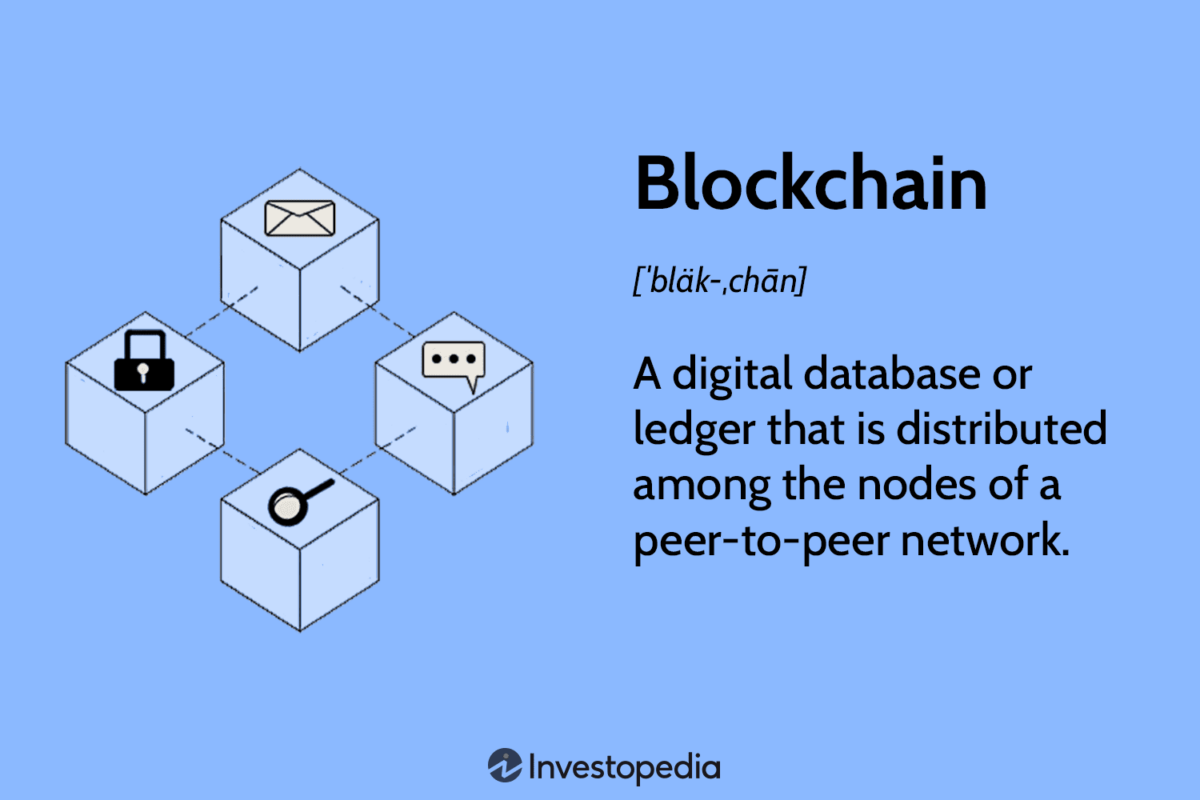
How can it be used for education?
- Access for everyone. Books, films, articles, and podcasts are essential for research. It can be so frustrating when they aren’t available or cost more than a degree to access. Blockchain provides access universally to resources in the public domain. Students from low-income households have a fair chance to succeed.
- Automation. Teachers could set up tasks using blockchains, so students can move on to the next one at their own pace. The completion of a task can be verified by the blockchain, saving educators a lot of time.
- Enhanced data storage. Blockchains can also be used to store files and other important documentation. This means student details and other sensitive information is secure and everyone can have peace of mind.
- No lost assessments. Sometimes teachers lose an assignment and there’s no way to find it. Other times, students claim they did their homework but they lost it. If learners submit their work via blockchain, it’s stored there safely. Sorry to be the bearer of bad news, but, students, it’s time for a new excuse.
5. Microlearning
Perhaps social media has ruined our ability to concentrate. Maybe staring at our screens all day and all night had consequences. We can sit here and point fingers or we can talk about solutions. A big trend in the EdTech industry is asynchronous learning. Students retain and engage more when they can do it on their own schedule.
Microlearning derives from e-learning, but is the action of delivering bite-sized pieces of content to be studied in the learner’s own time. Information can be hard to swallow and this trend works to combat that. No matter how old you are, learning new things can be overwhelming. It’s not easy to retain lots of information and regurgitate it on tests.

And it’s doing a good job. The rate of retention for microlearning is a whooping 70-90% versus just 15% for traditional learning. It doesn’t just involve short written pieces, though. There are lots of formats that are beneficial. For instance, videos, audio files, games, and images work wonders for many educational institutions already.
How can it be used for education?
- Learning 24/7. By using EdTech platforms, education providers can give students information to browse at their leisure. This takes the chore out of learning and should encourage learners to feel more independent.
- Freedom. Some students don’t like being told what to do. They prefer to follow their own path. By offering them choices, they will focus on a topic they’re interested in. This will make them feel listened to and they’ll be more engaged.
- Getting to grips with the basics. Microlearning helps students to understand a concept or skill. Often, learners get lost because they didn’t follow the key information. Once they know the basics, they can then start applying it successfully.
- Improve performance. Giving students who don’t perform well extra work will feel like a punishment. Instead, offer the resources and let them work on what they think they’re struggling with.
Cheers to the future
We can’t say for sure which of these trends will be the next big thing. But we know it’ll be one of them, so keep your eyes peeled. We also know that people flourish when they can do things their own way. We all have different learning styles. Whatever you embrace from our list, remember that they are there to solve a problem. Previous learning models are outdated, and the outcomes will be too.
Those that choose to go along with new initiatives are bound to grow with them. These trends will soon define education as we know it. Whether it’s an online education or in-person, learning has to be engaging, fulfilling, and immersive. It’s best to understand how you’re supposed to achieve this now.

